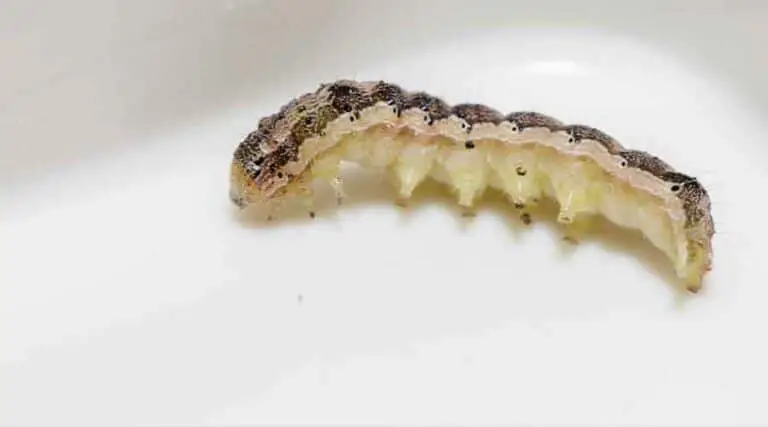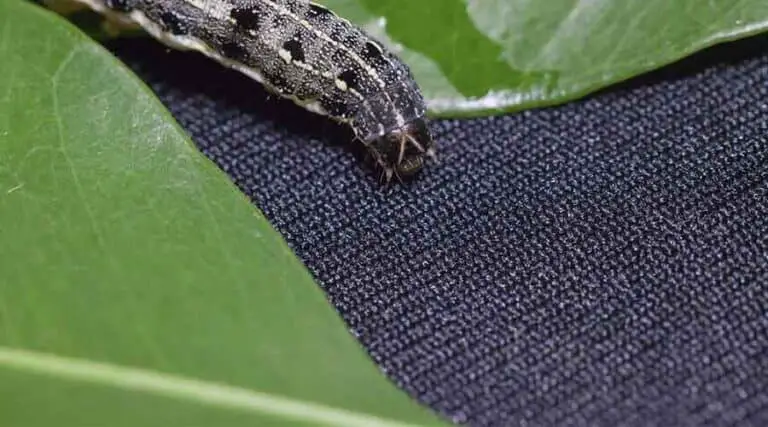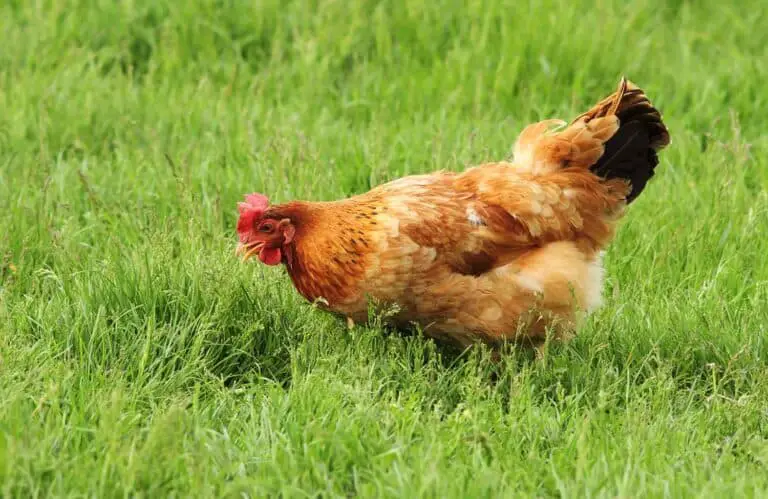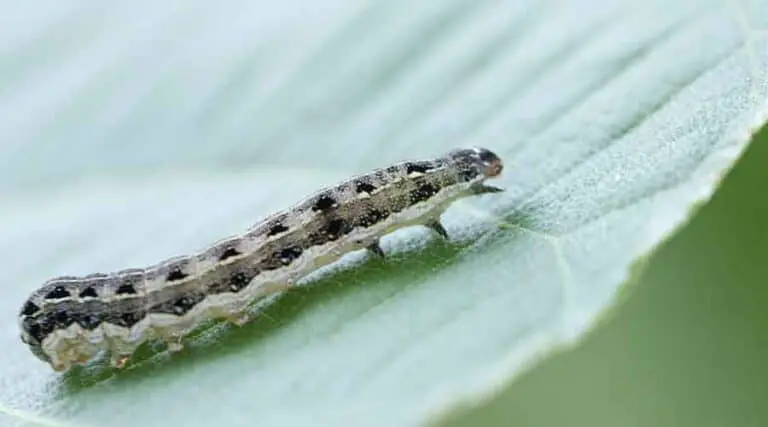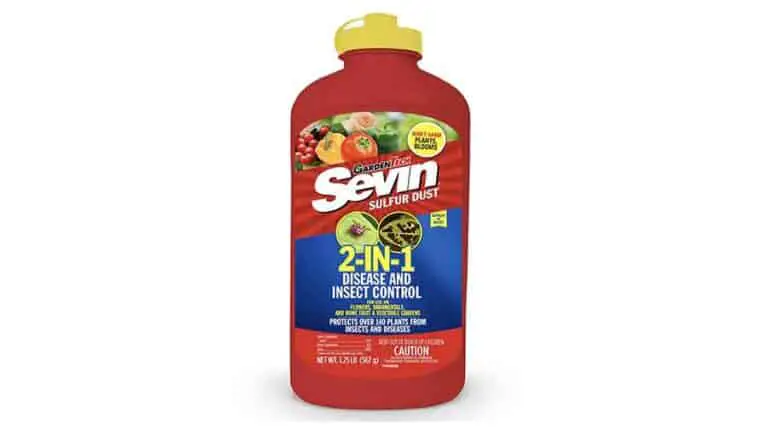What Plants Do Cutworms Attack: A Comprehensive Guide
Cutworms are common pests known for affecting a wide variety of plants, causing significant damage to garden and field crops. These larval forms of different moth species can affect numerous types of plants, often causing the destruction of leaves, stems, and even entire plants in some cases. As nocturnal feeders, cutworms feast on plants during the night and hide in the soil during the day, making them less visible to gardeners and farmers.
One of the primary plants that cutworms are known to attack is corn. Specifically, the black cutworm damages corn by cutting off the plant, usually below the soil surface or up to 1 to 2 inches above it source. In addition to corn, cutworms also target a variety of field crops and vegetables such as potatoes, tomatoes, and leafy greens. Cutworms are not only attracted to specific types of plants; they are also drawn to areas with moist soil and plenty of organic matter.
Understanding the signs of cutworm damage and the plants they typically target is vital for gardeners and farmers to prevent significant losses to their crops. Implementing proper control measures, combined with timely intervention, can help protect vulnerable plants from these destructive pests.
What Are Cutworms
Cutworms are the larval stage of various species of nocturnal moths, primarily belonging to the Noctuidae family. These caterpillars are known for their voracious appetite and their tendency to cut seedling plants at or near the soil surface. As pests, they can cause significant damage to a variety of crops.
The most common type of cutworms is called the black cutworm, which feeds on numerous plants, including corn. They have the potential to lead to yield compensation when they attack corn during the two-leaf stage. When cutworms attack corn during the four-leaf to five-leaf stage, the impact on plant development becomes more severe.
Apart from corn, cutworms are known to affect several vegetables like tomato, pepper, and cabbage. They can sever plant stems, causing the plants to wilt and eventually die. In some cases, cutworms may also feed on leaves or burrow into fruits, causing more damage to the plant.
Detecting cutworm damage can be challenging, but one key indicator is the presence of cut-off or wilted plants. If you find missing plants in a row or irregular plant growth, this could signal a cutworm infestation. To confirm this, check the surrounding soil for cutworm larvae or signs of feeding damage.
Controlling cutworm populations involves a combination of cultural, biological, and chemical methods. Some of these strategies include tilling the soil to expose and kill larvae, using natural enemies such as parasitic wasps, and applying appropriate insecticides when necessary.
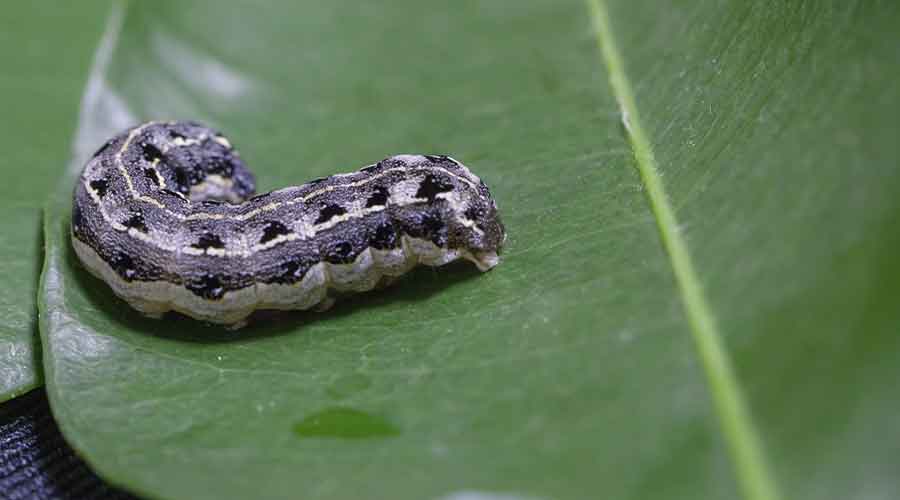
Commonly Attacked Plants
Vegetables
Cutworms are known to attack a variety of vegetable plants. Some common vegetables that are vulnerable to cutworms include:
- Tomatoes
- Peppers
- Cabbage
- Broccoli
- Cauliflower
- Lettuce
- Corn
These pests usually feed on the stems of seedlings, causing the plants to collapse or die. Regular monitoring and proper management can minimize the damage caused by cutworms on your vegetable plants.
Flowers
Cutworms also pose a threat to flowering plants. Some of their preferred targets are:
- Petunias
- Snapdragons
- Marigolds
- Pansies
- Salvia
When they attack these flowers, cutworms usually chew at the base of the stem, causing considerable damage to the plant and potentially leading to the plant’s death.
Grasses
In addition to vegetables and flowers, cutworms can target various types of grasses. Some grass species affected by cutworms include:
- Kentucky bluegrass
- Perennial ryegrass
- Tall fescue
- St. Augustine grass
Cutworms can cause localized patches of dead or yellowing grass as they feed on the roots and crowns of these grasses.
Grains
Grain crops are not exempt from cutworm attacks. Main grain plants targeted by cutworms include:
- Wheat
- Barley
- Oats
- Rye
Cutworms can cause significant yield loss in grain crops if they are not managed effectively. Monitoring fields regularly and implementing appropriate preventative and curative measures can significantly reduce the damage they cause to grain plants.
How to Identify Cutworm Damage
Cutworms are common pests that attack various crops, including corn, vegetables, small grains, and tobacco. They are caterpillars that feed on plant stems, often cutting them down, leading to reduced plant populations and potential yield losses. Recognizing the signs of cutworm damage is crucial for implementing effective control measures early in the infestation.
One of the most visible signs of cutworm damage is missing or wilting plants. Cutworms typically feed at night and rest in the soil during the day. They chew the stems of plants near the soil surface, causing young seedlings to topple over. This feeding pattern results in irregular gaps appearing in rows of crops, with healthy plants surrounded by severed or entirely missing plants.
Upon closer inspection, you might notice that the remaining plant stems have jagged, uneven edges caused by the cutworms’ feeding. In some cases, you might find partially eaten leaves or foliage, as certain cutworm species feed on plant leaves in addition to stems. It is important to inspect the soil around the damaged plants, as cutworms may be hiding just below the surface, typically at depths of up to 3 inches.
To confirm the presence of cutworms, it is helpful to do a visual inspection by gently digging around the base of damaged plants. Look for the caterpillars themselves, which can vary in color from grey to brown, with distinctive markings depending on the species. Cutworms are usually about 1 to 2 inches long and will curl up into a tight ball when disturbed.
In summary, identifying cutworm damage involves looking for the following signs:
- Missing or wilting plants in crop rows
- Jagged or uneven stem edges at the soil surface
- Partially eaten leaves or foliage
- Cutworms in the soil around affected plants
By promptly recognizing these signs, farmers can take necessary action to protect their crops and minimize the impact of cutworm infestations.
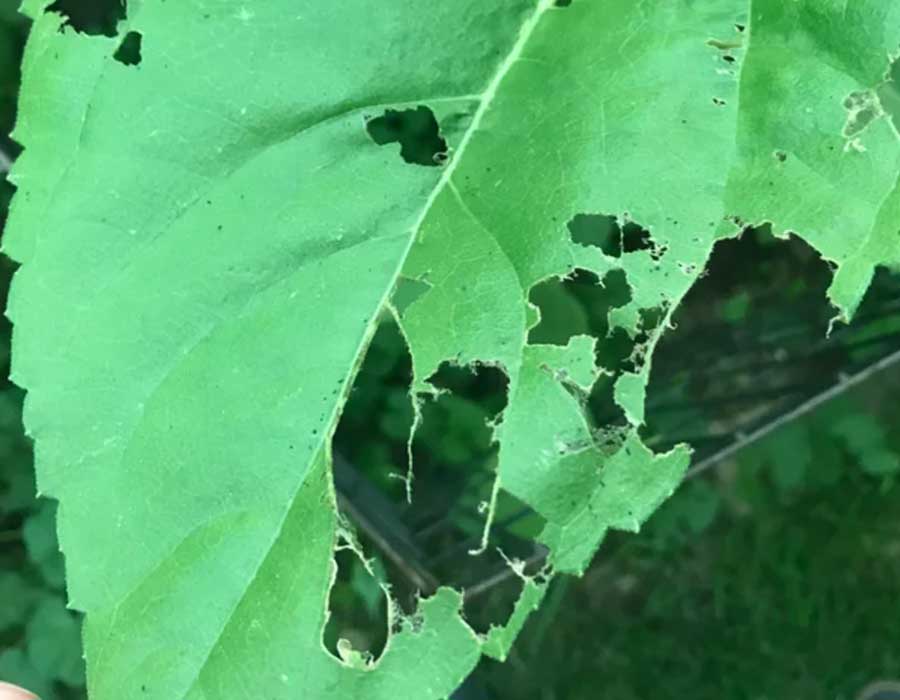
Cutworm Life Cycle
Cutworms are the larval stage of various species of nocturnal moths belonging to the Noctuidae family. Among these, the most common species attacking crops are the black cutworm and the dingy cutworm1. The life cycle of cutworms consists of four stages: egg, larva, pupa, and adult moth. The complete life cycle can last between 2 to 3 months, depending on the environmental conditions and species.
Egg stage: Adult female moths lay their eggs on host plants or nearby debris, typically during evenings or nights. Each female can lay hundreds of eggs, and they’ll hatch within 3 to 10 days. The small, white to gray, spherical eggs are laid either singly or in clusters1.
Larva stage: After hatching, cutworm larvae begin feeding on the host plants. The length of the larval stage varies among species, but it typically lasts for 3 to 6 weeks. Larvae are known to attack various types of cultivated plants, including corn, tomatoes, and many others2. Cutworms get their name from their feeding behavior, as they often cut stems of plants at or below the ground line1. As they grow, cutworms molt and pass through several instars (growth stages).
Pupa stage: After fully growing, the cutworm larvae transform into pupae. This stage is marked by reduced activity, as the larvae burrow into the soil and form a small chamber in which they transform into a pupa. The pupal stage lasts around 2 to 4 weeks.
Adult stage: Once the transformation from pupa to adult is complete, the adult moths emerge from the soil and begin their reproductive cycle. Adult moths are nocturnal, and they primarily feed on nectar from flowers3. This stage lasts roughly from 2 to 4 weeks.
In summary:
- Egg stage: 3-10 days
- Larva stage: 3-6 weeks
- Pupa stage: 2-4 weeks
- Adult stage: 2-4 weeks
By understanding the life cycle of cutworms, it becomes easier to devise and implement effective control measures to limit their impact on crops and plants.
Preventing Cutworm Attacks
Cultural Practices
Implementing proper cultural practices can help protect your plants from cutworm attacks. One such method is to avoid planting crops in fields with a known history of cutworm infestations, as is the case in some corn fields. Regularly tilling the soil can also help in disrupting the cutworm’s life cycle, as it exposes their larvae to natural predators and harsh weather conditions.
Another cultural practice is to use physical barriers like collars or foil wrapped around the base of plants. This can help prevent cutworms from climbing and cutting the stems of your plants. Remove weeds and debris from around the plants, as they provide shelter for cutworms. Planting trap crops, such as mustard or marigold, can also be an effective strategy to divert the attention of cutworms away from your main crops.
Natural Predators
Encouraging the presence of natural predators in your garden or field can help keep cutworm populations under control. Some of these predators include:
- Birds: Attracting birds to your garden can be beneficial in controlling cutworms. Provide birdhouses, birdbaths, and bird feeders to invite them into your area.
- Ground beetles: These insects are known to feed on cutworm larvae. Encourage their presence by providing hiding places, such as rocks, logs, or leaf litter.
- Parasitic wasps: Some species of wasps lay their eggs in cutworm larvae, eventually killing them. Planting flowers that attract these wasps can help reduce cutworm populations.
- Nematodes: Introducing beneficial nematodes to the soil can assist in controlling cutworm populations, as they parasitize and kill cutworm larvae.
By employing a combination of cultural practices and fostering natural predators, you can effectively prevent and manage cutworm attacks on your plants, keeping them healthy and thriving.
Controlling Cutworms
Cutworms are caterpillars that feed on many types of young plants, damaging or even killing them. They are especially problematic for young maize, but can also attack other crops. There are two main approaches to controlling cutworms: chemical and organic control.
Chemical Control
Chemical insecticides have been proven effective in managing cutworm populations and minimizing plant infestations. One such example is spinosad, which has shown potential in controlling black cutworm populations by up to 92.7 percent. Pesticides should be applied in a careful and targeted manner to avoid harming non-target organisms or causing environmental harm.
Organic Control
Organic control methods offer alternative solutions to managing cutworms without the use of synthetic chemicals. Some of these methods include:
Essential oils: Certain plant essential oils have potential for controlling black cutworms when sprayed as emulsions or used as toxic bait.
- Biological control: Introducing natural enemies, such as predatory or parasitic insects, can help keep cutworm populations in check.


